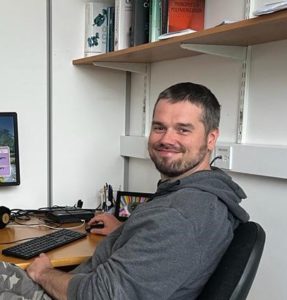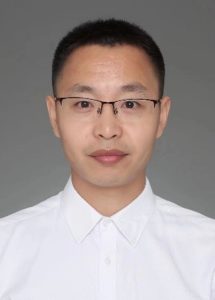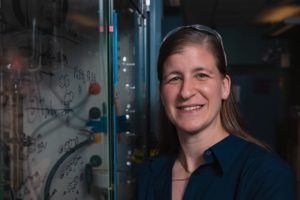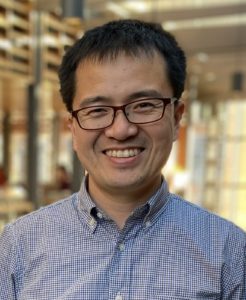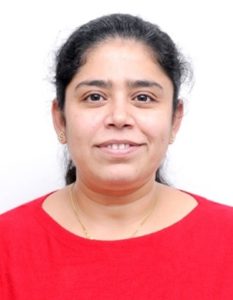 |
| Annalisa Chiappone is Assistant Professor in Industrial Chemistry in the Department of Chemical Science and Geology of the University of Cagliari since October 2021. With a background on materials engineering, she obtained her Ph.D. in Materials Science from Politecnico di Torino in 2012 with a Thesis on photocured polymer electrolytes membranes reinforced with natural fibers for Li-ion batteries. Afterwards, she moved to the Italian Institute of Technology, Center for Sustainable Future Technologies. She worked on the development of functional polymeric materials for different applications including sensors and materials for energy and electronics. In 2015 she moved her interests towards the development of smart formulations for 3D printing. In 2018, she moved back to Politecnico di Torino as researcher to set up a platform dedicated to 3D printing specifically focused on light activated reactions. She has now moved her research to the University of Cagliari where she is exploiting the chemistry facilities to improve the study on polymeric materials for advanced applications. Her interest are focused on photocurable polymers and light-induced 3D printing, she recently focused on the modification of natural polymers to make them suitable for 3D printing. |
Read Annalisa’s Emerging Investigator article, Vat 3D printing of full-alginate hydrogels via thiol–ene reactions towards tissue engineering applications, DOI D3PY00902E.
Check out our interview with Annalisa below:
How do you feel about Polymer Chemistry as a place to publish research on this topic?
Polymer Chemistry, with its high quality and reliability, is undoubtedly a prestigious journal for polymer scientists, as all RSC journals are for chemists. Furthermore, Polymer Chemistry is a journal with a broad readership, interested in polymer synthesis but also with an eye on processing and applications, thus it is a perfect journal to showcase our work that aims at optimizing easy modification processes to make natural polymers suitable for 3D printing in view of their biomedical application.
What aspect of your work are you most excited about at the moment and what do you find most challenging about your research?
To be frank, since my academic studies, I have always been fascinated by polymer science and, still now, every new trial and every test that I do in my lab is something that excites me. So it’s hard to give a short answer to this question.
But, talking about my research, since 2015 I focused on the development of new materials for light-induced 3D printing. This processing technique is fascinating and can push the properties of materials to another level for their application in several fields. In the last years, we developed 3D printable polymers from natural sources, alginate is one example, to obtain 3D shaped hydrogels. The possibility to control the architecture of the hydrogels, maintaining the cytocompatibility of the natural polymers can help in making a step further in the biomedical field.
My new challenge is now the use of natural materials directly extracted from agri-food waste. Nature is a wiser chemist than us, and even waste can offer a large variety of molecules and polymers with fantastic properties, we just need to learn how to use to our best what we already have.
In your opinion, what are the most important questions to be asked/answered in this field of research?
The development of new material from waste is a topic that is gaining attention because we really need to enter in the mind-set of a greener chemistry. So, the question could be “How to do this in polymer chemistry?”. In my opinion the focus on waste valorization is a good start, but it’s not enough, I think that scientists must start looking at the impact of the whole processes that they develop, from extraction procedures to modification or synthesis and processing, each step must be as “green” as possible.
Can you share one piece of career-related advice or wisdom with other early career scientists?
What I have learned in the last years is the importance of good collaborations and good discussions with other scientists. Being able to listen to other’s ideas with a critical mind and discuss them, to build new projects, really helps in growing up as a scientist. And you never know, constructive ideas can come from somebody working in completely different environments and in other countries as well as from our office neighbour, you just need to communicate with an open mind.
Furthermore, it is also important to make the effort to talk with people working in different fields: even if sometimes it feels like talking in different languages, this can really open the eyes on different perspectives helping to have much better overview of your work.


